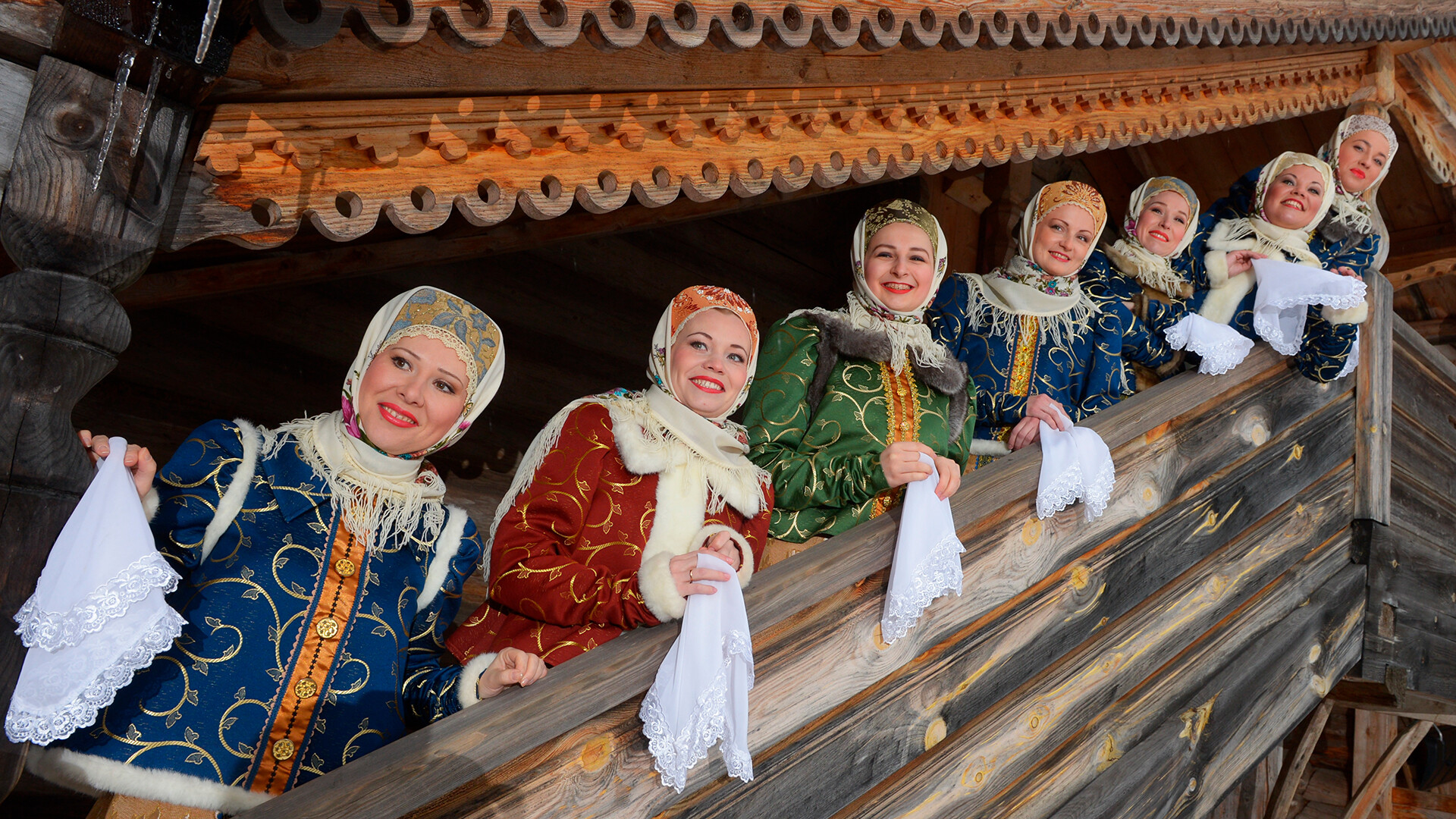7 AMAZING Russian wooden architecture open-air museums (PHOTOS)

The majority of wooden architecture museums appeared in Russia in the 1950s-1970s. The Soviet Union, having recuperated and rebuilt after World War II, managed to get the accounting for and the preservation of cultural monuments and architecture under control. During those years, thousands of churches and other old buildings were restored and put under supervision. Including wooden ones. As such, in some villages, they managed to preserve churches, houses and windmills that are up to 500 years old!
1. Kizhi Island, Karelia

Kizhi is the most famous and the most visited ethnographic museum-island of Russia. It’s situated not far from the city of Petrozavodsk, on an island in Lake Onega. The museum, founded in 1966, is included in the UNESCO’s World Heritage Site list.
The central part of the museum-island is the Kizhi Pogost, comprised of the Church of the Transfiguration from the beginning of the 18th century – a 37-meter-tall wooden building with 23 domes – the Church of the Intercession with a partially preserved iconostasis and a 19th century bell tower. Other wooden exhibition buildings were brought from abandoned villages of different regions of Karelia. There are Pomor houses, Veps barns and Karelian worship crosses.
2. Vitoslavlitsy, Novgorod Region

Until the 16th century, Veliky Novgorod owned vast lands up to the White Sea and rivaled Moscow. You can see monumental architecture of the Novgorod lands literally only several kilometers away from the city, on the site of the former village Vitoslavlitsy that existed from the 12th to the 18th century.
The open-air museum was founded in 1964 and resembles an old Russian village. Izbas (Slavic log houses) and outbuildings form streets, walked by the visitors. The main attractions include: the 1531 wooden Church of the Nativity of the Virgin Mary and nearby – the small 1599 Church of the Dormition. They were brought here from far and half-abandoned villages and then restored at Vitoslavlitsy, literally saved from destruction.
3. Malye Korely, Arkhangelsk Region

Colossal wooden windmills several human heights tall are the “highlight” of the Malye Korely museum. The largest amount of Russian wooden windmills is assembled here and all of them were brought there from the villages of Arkhangelsk Region. The ethnographic ensemble was created in 1964. The space inside of it is separated into sectors: Mesensky, Pinezhsky, Dvinskoy and Kargopolsko-Onezhsky, where peasant izbas, banyas, wells and churches from these regions are exhibited. Walking from one sector to another, you can clearly spot the difference in house building.
4. Kolomenskoye Park, Moscow

One of the largest Moscow parks also has a museum of wooden architecture, where amazing buildings of the Russian North are exhibited. Back in 1933, the 17th century barbican church of the Nikolo-Korelsky Monastery was brought there from Arkhangelsk Region, the only wooden building of the monastery. During those times, many churches were destroyed (read more about this here), but architects managed to save this tower.
There’s also a 1580s tower from the Sumsky Ostrog fortress, brought from the territory of the Karelian Pomorye. Before, it stood in a very old village of Sumsky Posad (we talked about it in our article about Pomors), where it hosted a local military garrison. By the way, this is the only military tower of the Russian North that has survived to this day.
5. Wooden architecture museum in Suzdal, Vladimir Region

The city of Suzdal is a museum in itself that you should definitely visit. On the city’s outskirts, in a very picturesque place, a true village from the buildings brought from abandoned villages of the region was created in the middle of the 1960s. You can see wooden multi-tiered churches from the middle of the 18th century, made, according to historians, without a single nail. It’s done so skillfully that, from a distance, the tiers seem to be made of metal. But no - they’re wooden.
6. Khokhlovka, Perm Territory

Have you heard the saying “Salty-eared Permian”? Perm Territory is historically the largest center of salt production; several centuries ago, the lives of many people in these parts were connected to it. Of course, saltworks were also wooden before – and they are gathered in a museum near the village of Khokhlovka, approximately 40 kilometers from Perm. There, you can see a brine tower, a boiling house and old barns. And, of course, the houses of the people who were engaged in salt production right until the beginning of the 20th century.
7. Taltsy, Irkutsk Region

Wooden ostrog fortresses, palisades, lean-tos are a large part of the history of the development of Siberia that comes to life in Taltsy museum, 40 kilometers from the city of Irkutsk. It was founded in 1969, when the major part of the village was flooded, due to the construction of the Irkutsk Hydroelectric Power Station and the unique buildings were relocated uphill for preservation. Later, the museum acquired buildings from national Siberian villages: you can see how the Tofalars, the Evenks and the Buryats lived in days long past.


